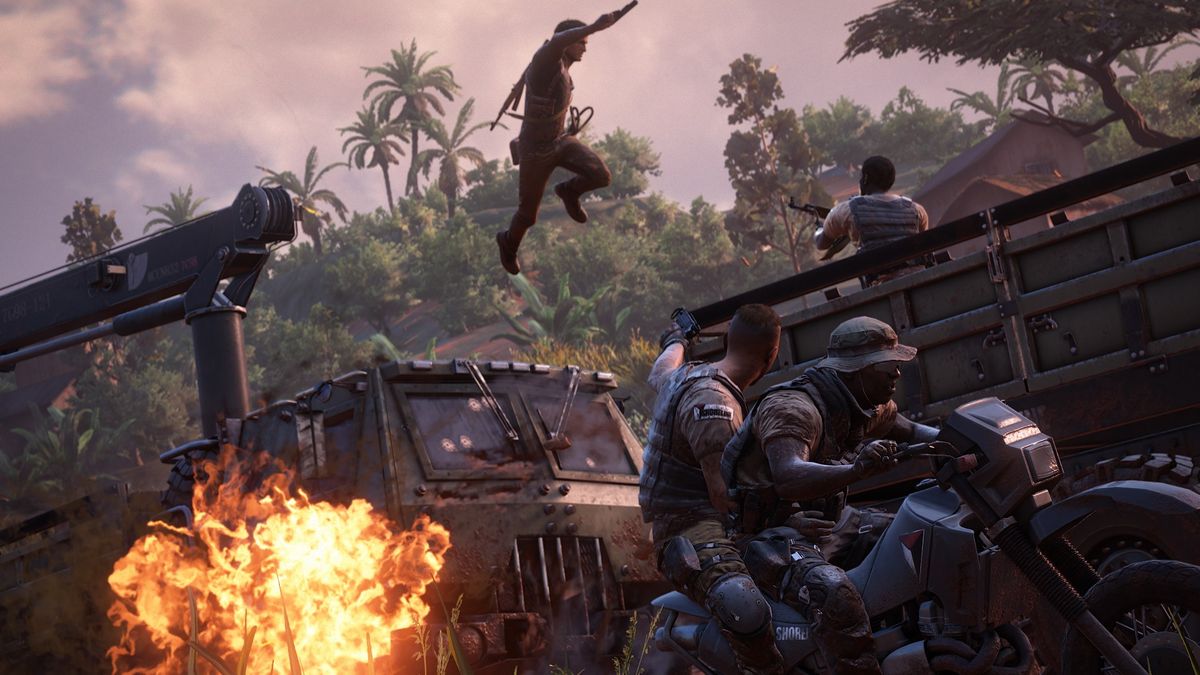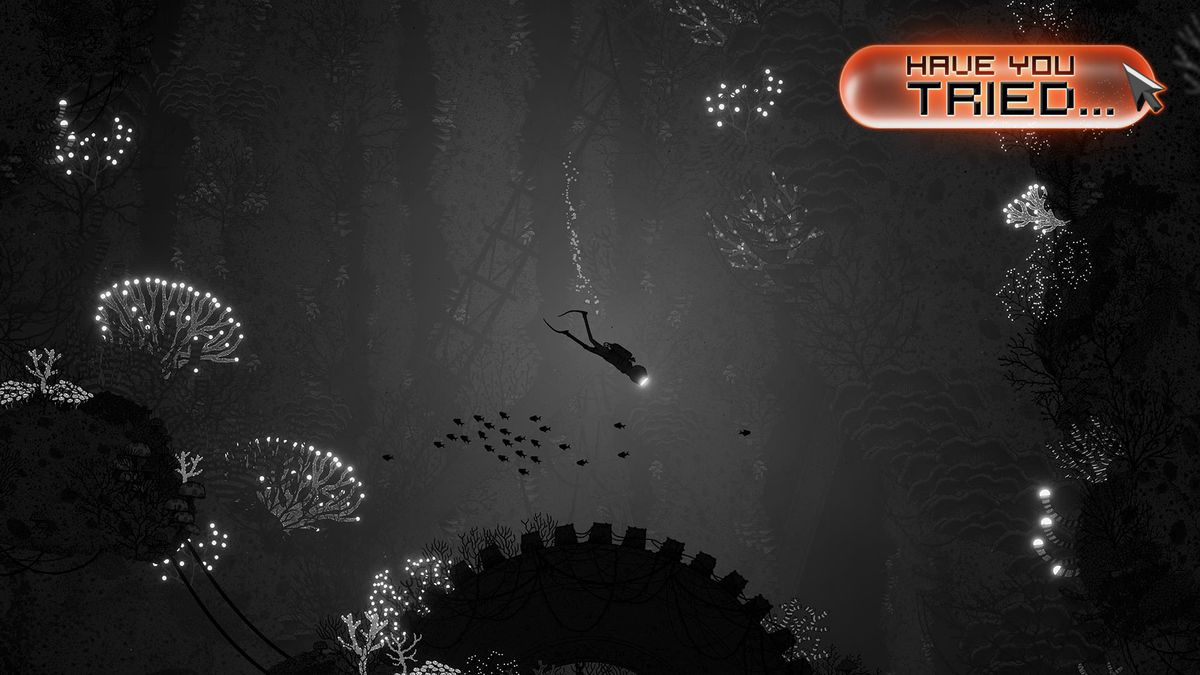“Even now, after four years of development, I find myself playing Ori almost every day and still enjoy it so much.” Show-off. The rest of us have had to put up with a lengthy delay to Moon Studios’ console-exclusive debut. But, as director Thomas Mahler explains, Ori’s entire existence can be put down to, almost literally, the waiting game.
“When I worked at Blizzard,” he explains, “we had a mantra that the game will be released when the developers spend more of their time playing it than they do developing it. To me, that’s the sign of a great game. For Ori, we spent years just polishing everything and ensuring that people just can’t put away the controller.”

That lengthy development, undertaken totally in secret, has allowed the team to craft exactly what it wants – an adventure platformer that at first glance seems totally unfamiliar but, at first touch of a controller, becomes strikingly reminiscent of classic Nintendo and Castlevania titles.
The hour or so we’ve played so far bears that out. Eponymous forest spirit Ori is a joy to pilot, all loping strides and long, lazy jumps, designed specifically for those last-minute ‘I’m going to miss that ledge!’ adjustments. Coupled with the astonishing-looking anime world of Nibel, and a tantalising Metroid-like structure packed with exploration, it’s a game designed to keep prodding you towards the next objective, until you realise it’s 4am, you’re still halfway through your morning Shreddies and you’ve almost certainly missed your uncle’s funeral.
We’ve seen how Ori can spend Spirit Energy currency to drop Soul Link checkpoints (think portable Dark Souls bonfires), and how finding Ancestral Trees offers him the powers he needs to get around. We’ve poked around in the Ability Tree, a set of upgrades – separate to story-specific moves – for Ori and his guide/fairy fireball cannon, Sein. We’ve already suffered at the hands of how ruthlessly difficult the game’s obstacle challenges can be. What we want to know is just how much more there can be in there.

As it turns out, there’s an entire mechanical twist we’d been completely unaware of before now. “While Ori gains a lot of abilities throughout the game, the environments also allow him to use abilities he didn’t have before,” reveals Mahler. “Halfway through the game, Ori enters the Forlorn Ruins, where he’ll be able to just walk up walls and run over ceilings. I think the gravity mechanics are so well-made that we could have crafted an entire game around just that…”
Bear in mind that this takes place in a single area, one of many across the sizeable map. “We tried to ensure that every environment features something cool like that, something that always keeps the gameplay fresh and engaging,” says Mahler.
That interaction with the world itself seems crucial. Ori’s role as a forest spirit means you’re not just working out arcane ways of removing walls in an old fort to get around – you’re learning how this living world works and, on occasion, stopping it from dying. “At the start of the game, all the waters of Nibel are poisonous and hurt Ori,” Mahler explains, “but later in the game Ori will clear the waters, which allows him to swim to areas that couldn’t be accessed before.” Most games of this ilk are happy to hand you a new fire spell that can be used to melt some ice you saw a few hours before – here, you’re fundamentally altering the nature of the entire map.

The feeling seems to be that Ori shouldn’t just be a simple, albeit wonderfully reskinned, homage to the classic games Mahler and co are fans of; rather taking their core ideas and trying to push them to new heights. And that extends to the more oblique elements of these sprawling adventures, too. Challenge runs and speed runs are a huge part of platformer culture, and Moon wants in on the action.
“It’s absolutely possible to complete the game without ever acquiring a single skill on the Ability Tree,” he says. “None of them are essential to really finishing the game – but they sure make your life a whole lot easier. Also, while Ori does feature quite a bit of story, we ensured that speed-runners could skip most of it and just zip through the game as fast as they possibly can if they were so inclined. Even within our team, we’ve always had competitions about who could solve which area the fastest. We also recently had the first people speed-run the game without taking damage. I can’t wait to watch YouTube videos of people trying to compete with us!”
Ultimately, however, the only way to better what’s come before is to work from basic principles – Mahler is convinced that his game feels better to play than anything else around. “I truly think that our platforming controls are second to none,” he says. “Pixel-precision has been extremely important to us and we wanted to craft something that goes even beyond what other developers have done within this genre! To me, it’s very important that people will still be able to play Ori and the Blind Forest ten years down the road and enjoy it just as much as they did on day one. I still play classics like Super Mario Bros. 3 from time to time – I truly think that Ori will become one of those games.” If he’s promising that much, he can have all the time he needs. It’ll be worth the wait.
 Game News Video Games Reviews & News
Game News Video Games Reviews & News


